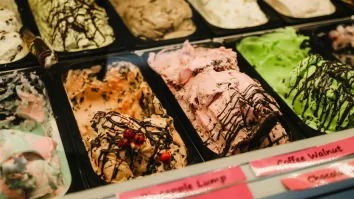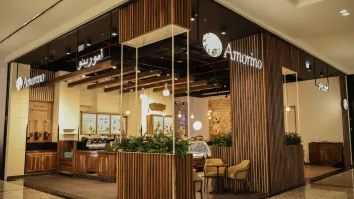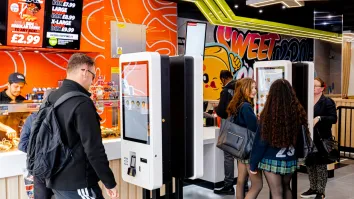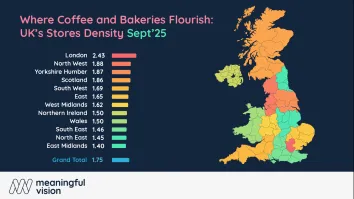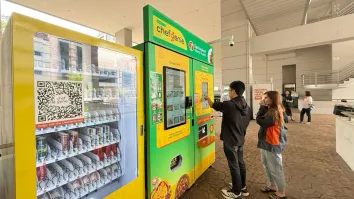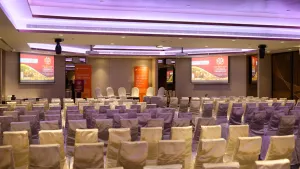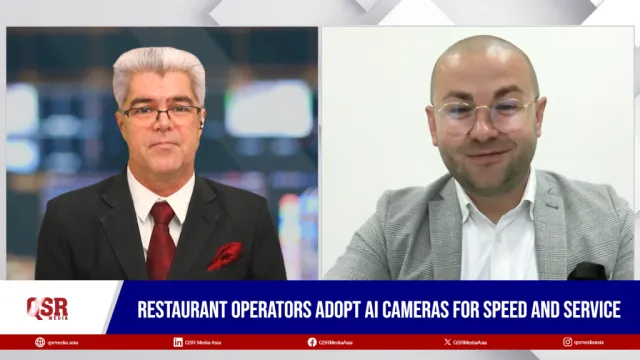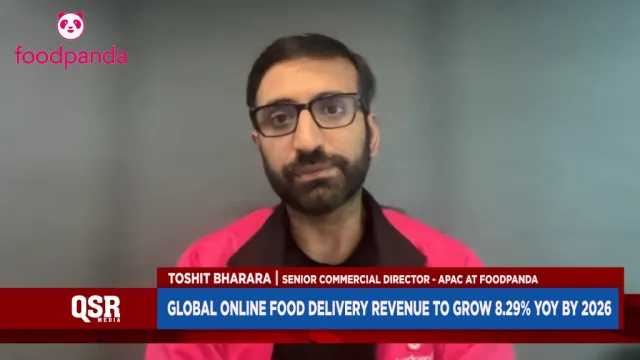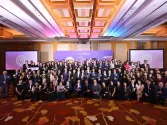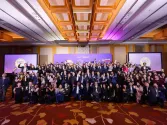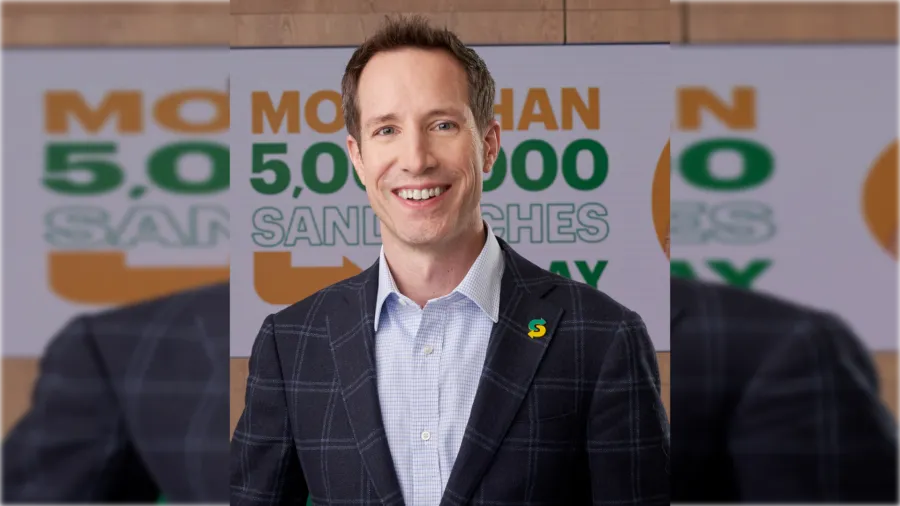
Why Subway is betting on non-traditional locales in its Europe expansion
The brand is set to open 10,000 restaurants.
Fast food giant Subway will continue to leverage its ‘smart growth strategy’ which ensures restaurants are built in the right location, image, and format, ultimately leading to the brand strengthening its non-traditional restaurant locations.
“Non-traditional locations make up approximately 25% of Subway’s global footprint and are responsible for between 20-30% of the brand’s total sales,” Mike Kehoe, Global Chief Development Officer of Subway said.
This could potentially mean that 2,500 of Subway's planned 10,000 global restaurants could be built in railways, airports, hospitals, and universities, securing its position in the market.
Data from the International Air Transport Association revealed that airport passenger numbers could double to 8.2 billion by 2037 and on average 50% of these passengers eat and drink at airports. Meanwhile, in a report by The Office of Rail and Road, station catering retailers earned over £700m in 2019 and 2020.
“From a consumer perspective, in travel hubs, Subway is a top choice for travellers seeking a convenient, great-tasting, meal on the go. Additionally, our brand’s reputation for offering affordable, better-for-you options, makes Subway a perfect match for non-traditional venues such as hospitals, universities and airports. Finally, we’re stepping up convenience, as we expand our grab-and-go offerings in North America and test the platform in other international markets,” Kehoe said.
Moreover, Kehoe said franchisees find their non-traditional formats an ideal choice because of their low-cost investment cost, simpler operations requiring minimal equipment, and flexibility to operate in spaces as small as 400 sq ft.
Depending on size and location requirements, a Subway franchise in the UK starts at around £150k.
“We continue to enhance our menu and provide an elevated in-restaurant and online experience that delivers added convenience and value for guests. As an example, earlier this year we shared the rollout of an integrated digital experience in key European markets, including interactive self-serve kiosks and a refreshed app and loyalty program that ensures a consistent experience across platforms,” Kehoe added.



